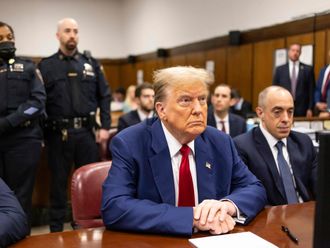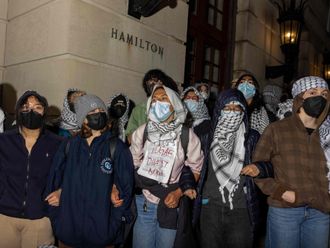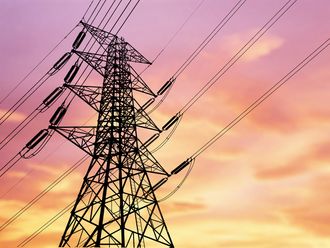During the US primaries, there was a joke going around about how the 2016 Presidential election would be historic, regardless of who wins.
While they never made it out of the primaries, Senator Bernie Sanders could have been the first Jewish president and Marco Rubio could have been the first Hispanic president. If elected, Hillary Clinton will be the first women President, and Donald Trump would be the last US president.
But jokes aside, 2016 will be historic. Not because of who could win, but because of who is voting.
The 2016 Presidential Election is already shaping up to be the most diverse — not just divisive — US election ever.
Even back in February before the election was truly underway, Pew Research data showed the percentage of “white” registered voters was slipping. It fell from 71 per cent in 2012 to 69 per cent in 2016. To be fair, there are about 3.2 million more white voters overall in 2016, or about 156 million in total.
Black votes, which make up the second largest voting group, saw an increase of 6 per cent, or about 1.3 million voters to raise their total to 27.4 million.
But the real gains come into play with the Hispanic and Asian voters. Hispanics saw a jump of 17 per cent from the last election, or about 4 million voters for a total of 27.3 million. Asian voters jumped 16 per cent, an increase of 1.2 million to raise their total to 9.2 million.
Keep in mind, these figures are from February. While the demographic information hasn’t been updated, an estimated 4 million additional voters have been added to the rolls since then.
It isn’t just about the fact that more minorities are voting — it’s about where they’re voting. Bloomberg reported last week that there are 1.5 million registered voters in Miami-Dade County. Half of those voters are Hispanic. There is no way to really know how many are lining up to vote against Trump, but it’s unlikely that his anti-Hispanic rhetoric will do him any favours in Florida, a state Trump must win in order to have any chance at winning the Oval office.
There is a similar situation in Texas, where the state’s 3.8 million Hispanic voters probably (although not universally) are not happy about his promises/threats of building a wall on the US border with Mexico. This could have been a tactical error on Trump’s part.
Texas in past elections has been a solid red state that required little effort on the part of Republicans, but this election season has actually seen Texas turn a light shade of people, leading many people to believe it could vote for Clinton. (It’s won’t; the most generous odds for Clinton winning Texas are about 5 per cent.)
It’s not just ethnicity that is an issue in this campaign either. Religion may play a small role too. The number of registered Muslim voters in the US is relatively small, about 1.5 million, but the Council on American-Islamic Relations estimated significant a number are located in key states such as Pennsylvania, Michigan and (again) Florida. In the light of Trump’s strong anti-Islamic stance, these voters could also turn against him.
Just how these demographics will play out in Tuesday’s election remains to be seen, but if Trump loses, they will likely stand out as a stark reminder that the US is no longer a place where a white candidate can make hostile remarks about someone’s ethnicity and not pay the price.












